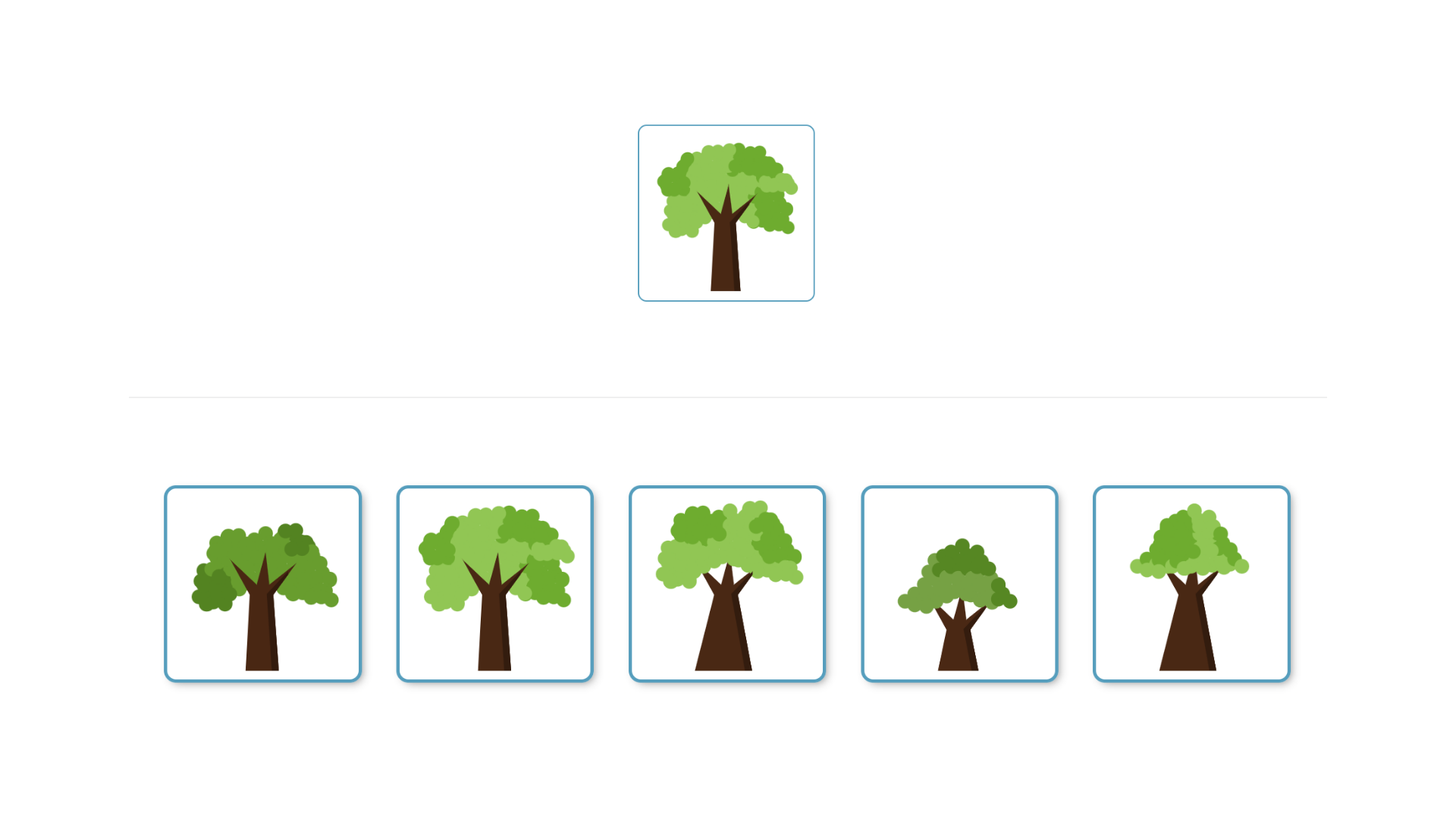Tips on how to use this exercise at home and at school.
Early math concepts
In this exercise, it is more challenging to define the criteria than in the previous exercise. The child already knows how to distinguish when something is the same and when it is not, but it is important to explain, demonstrate and use concepts such as different and similar in several ways now. The child must have the opportunity to gradually acquire these concepts and incorporate them into active vocabulary and thinking.

Why is this exercise important?
The exercise focuses on promoting sorting according to the given criteria. It is important that the criteria are clearly defined and that the objects can also be explicitly classified. The child learns to think, analyse and structure their thoughts. By sorting, the child also learns conceptual precision, which is important in mathematics.
Who is this exercise suitable for?
Mainly for preschoolers, but it is also suitable for older children who need to develop their language skills.
Methodological recommendations
The child should determine whether the picture is the same or not. There should not be a problem in this task, but you should still ask why they think so.
Work with instructions like, "Choose a picture that is similar to the chosen picture and not the same with it." Invite the child to compare the pictures with each other and name which picture in the row it is the same with and why; which one is different and why; which one is similar and why.
For example. Is it a forest or not? Is it similar to a forest?
Have the child describe what is or is not a forest to them. In this way, we help to refine the meaning of words. Let the child say which criteria meet the content of the word forest and which do not. In this way, the child has to define and redefine his criteria and justify their reasoning. This is a very challenging and important activity.
Tips for similar activities outside the app
Finding similarities and differences is a great way to practice with children in the shop. For example, compare products with your child, and point out the type of product, packaging or size. Also focus together on the fact that just by changing the criteria, the items being described can belong to one group at a time, and when the criteria is changed, the same item can belong to a different group. Let the child come up with their criteria for division and you can guess what they are. You can also compare cars, buildings or toys.